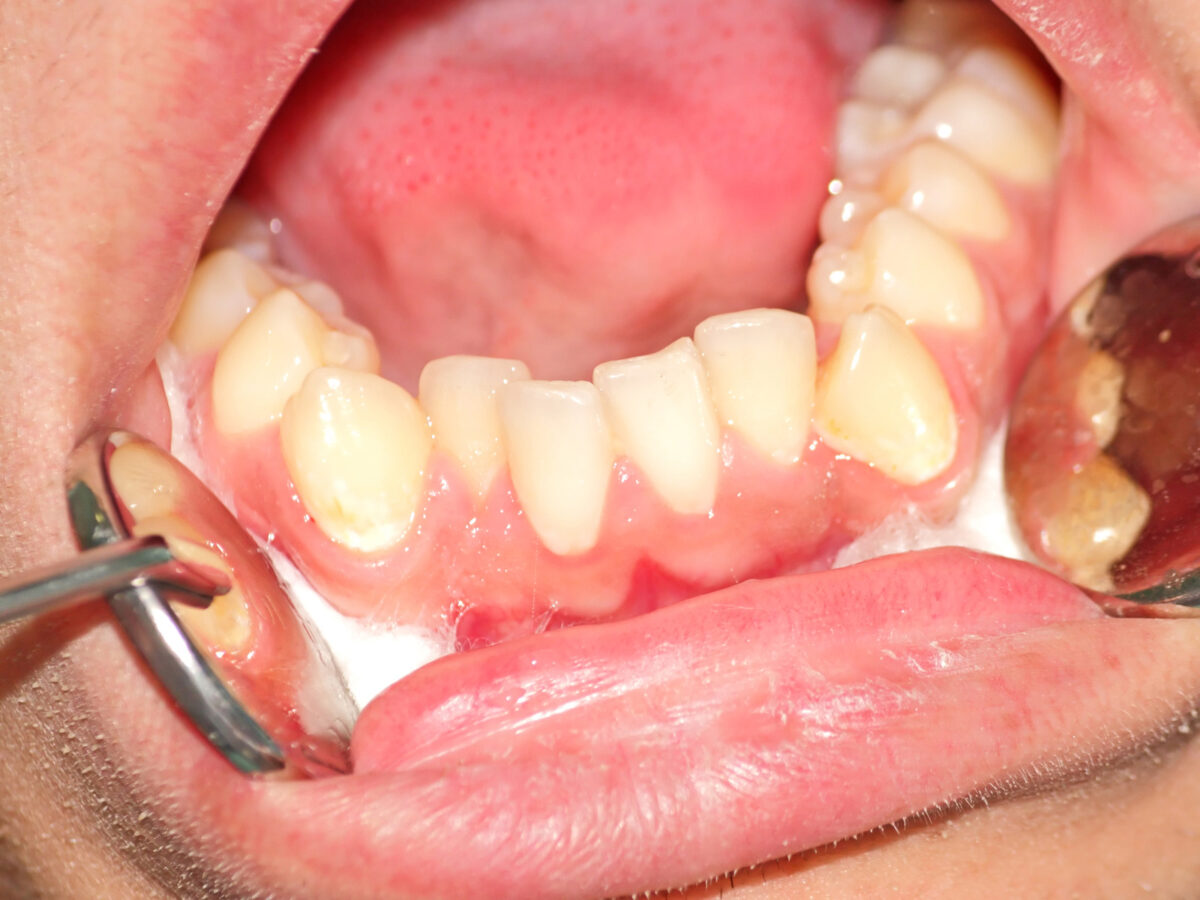River Walk Dental Orthodontics
Blog
Dental hygiene tips for healthy teeth & gums

Correcting a Poor Bite Improves Dental Health as Well as Smile Appearance
The importance of a good bite often goes unnoticed by us – laypeople. Maintaining a good bite becomes vital for prolonged dental health as it promotes overall sound oral hygiene and prevents problems such as chewing, gum disease, and even tooth decay. A dental bite refers to a situation of the mouth wherein the upper and lower teeth fit together. In a good bite, the alignment of the teeth is straight. The upper set of teeth extend in front of and over the lower teeth when the mouth is closed. At times, permanent teeth can erupt abnormally or out of position from the gums. This misalignment is known as a poor bite or malocclusion.
Common types of poor bites
Also known as malocclusions, poor bites can lead to severe problems such as difficulty in chewing, challenges in keeping teeth and gums clean, and so on. Moreover, the unappealing look associated with poor bites can lower the confidence and self-esteem of many people.
- Overbite is when the upper teeth hide the lower teeth when a person attempts to close their mouth. Another signal of overbite is biting the roof of the mouth with the lower teeth.
- An underbite is when the lower teeth conceal the upper when they are trying to close their mouth.
- An open bite is another symptom of malocclusion. It is when the upper and lower teeth do not precisely meet in front of the mouth when the person closes their mouth.
- Buck teeth overjet is a grave sign of malocclusion or poor bite. It is a condition in which the front incisors protrude or stick out over the lower set.
Benefits of correcting a poor bit
Correcting a poor bite has countless health benefits, and a newly emerging beautiful smile is the bonus. Malocclusion can severely impact the digestion of a person by hindering the chewing process. Thus, correcting a poor bite improves digestion. Numerous dental problems like tooth decay and gum issues can be swiftly tackled and prevented after correcting a poor bite. Crooked teeth are more susceptible to plaque buildup as there may be several nooks and corners inside the mouth that the toothbrush cannot reach. After correcting a poor bite and aligning the teeth, the risk of tooth decay, caries, and conditions like gingivitis are reduced. Lastly, a renewed confidence can be regarded as the best benefit of correcting a poor bite or malocclusion.
X-rays and teeth impressions can help us understand the extent of a person’s poor bite. They reveal the areas of misalignment in detail. Orthodontics usually recommends braces in case of poor bites that are menial. But, if a person requires advanced treatment, the dentist may suggest mouth implements, teeth removal, or jaw surgery. Teeth removal is applicable for children suffering from a poor bite. The dentist can pluck the milk teeth of children and uproot the problem of malocclusion altogether.
Book Appointment to find out which treatment might be best for you.
